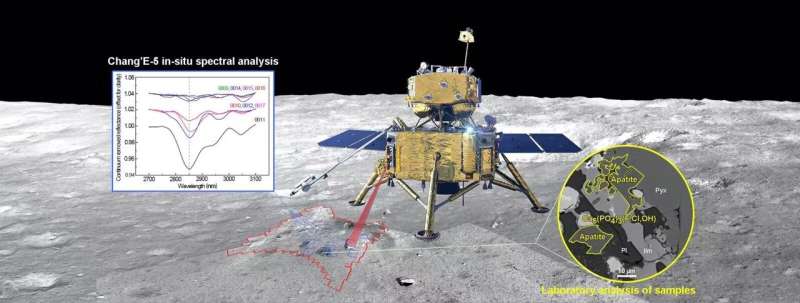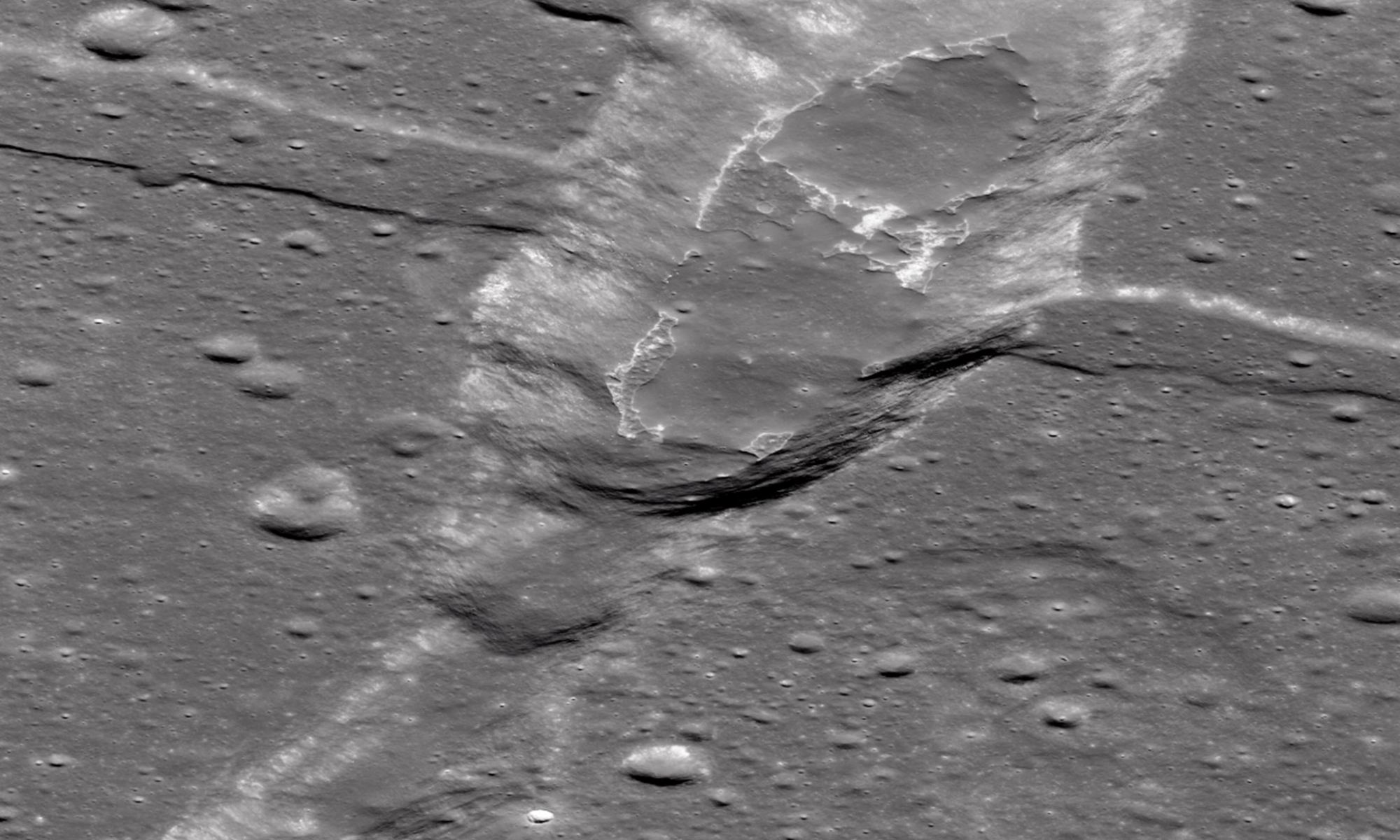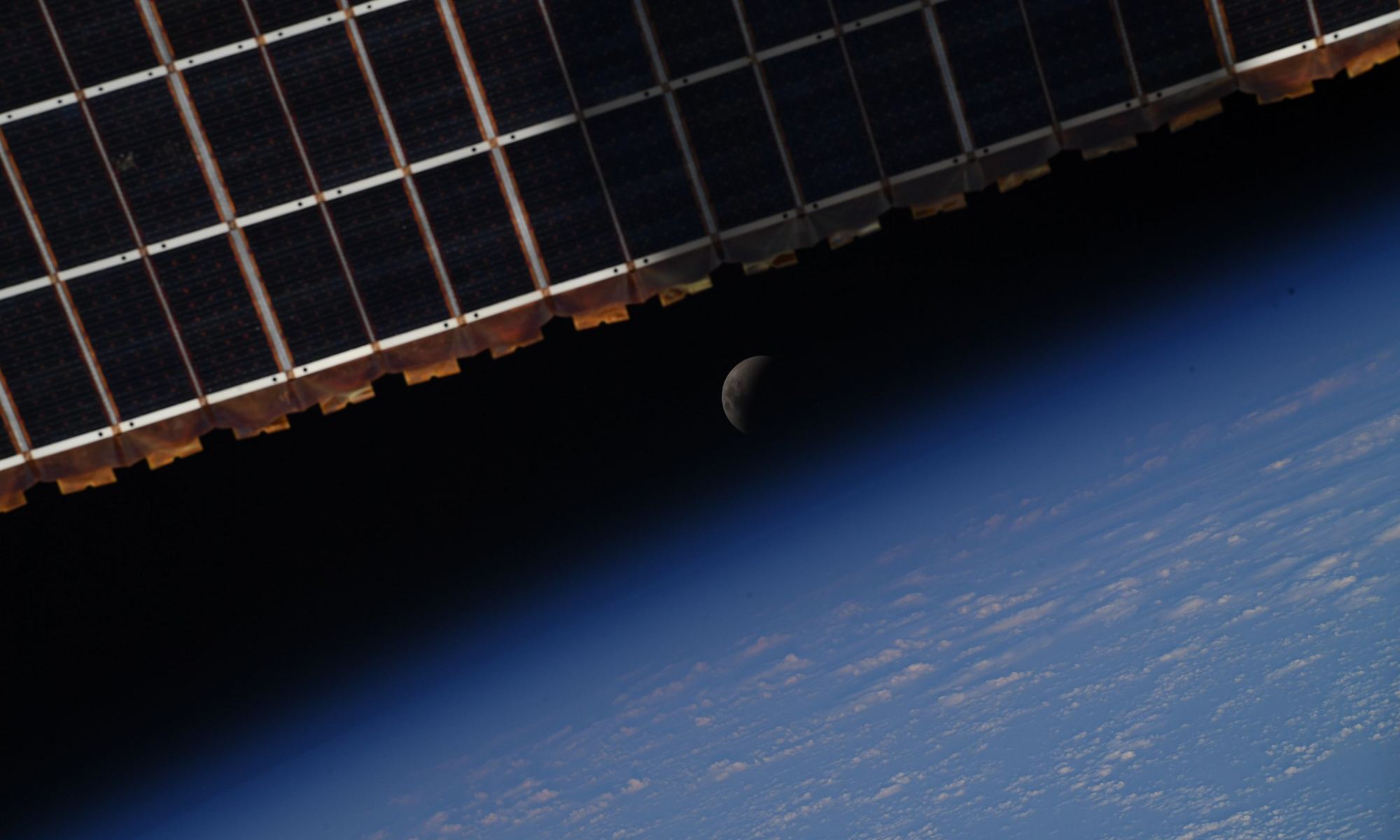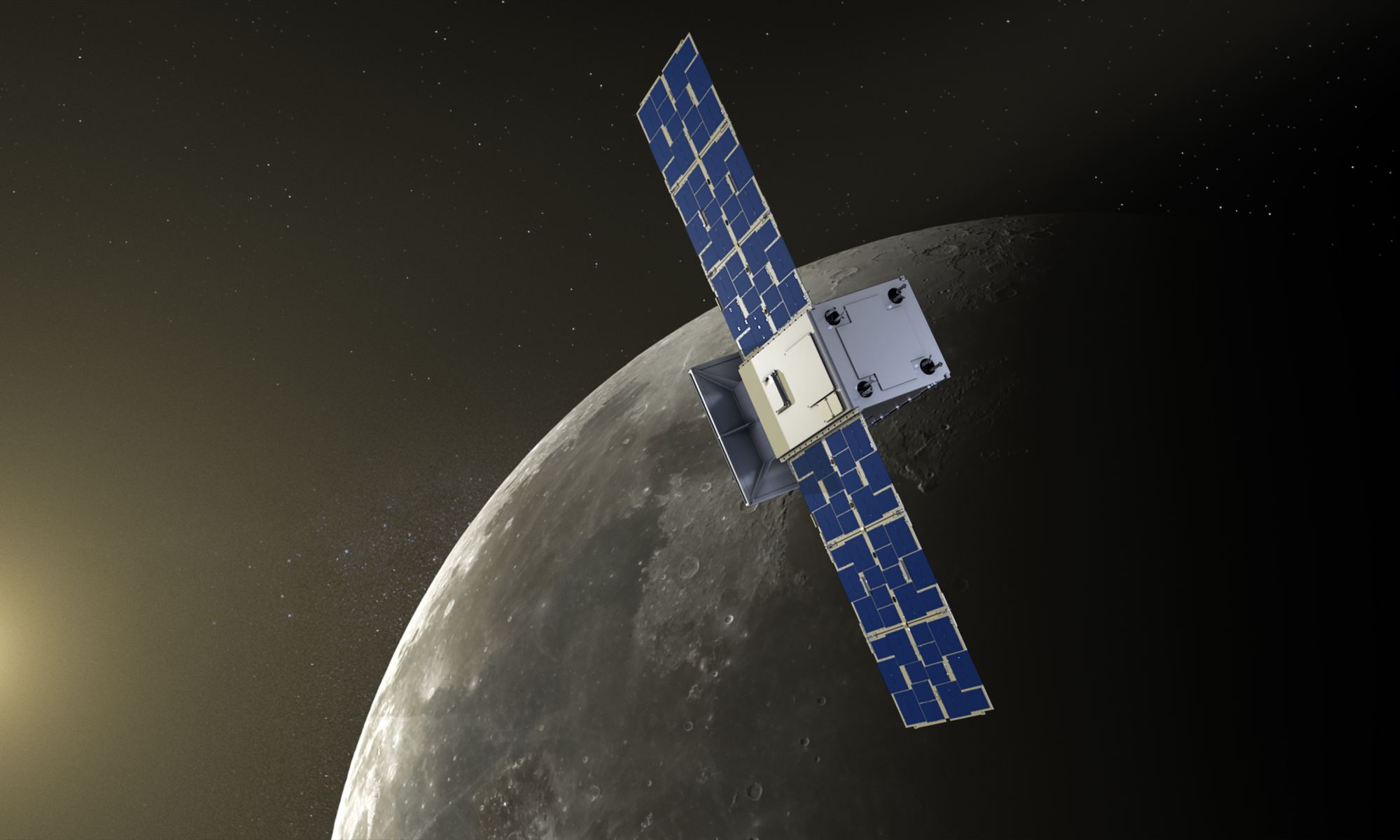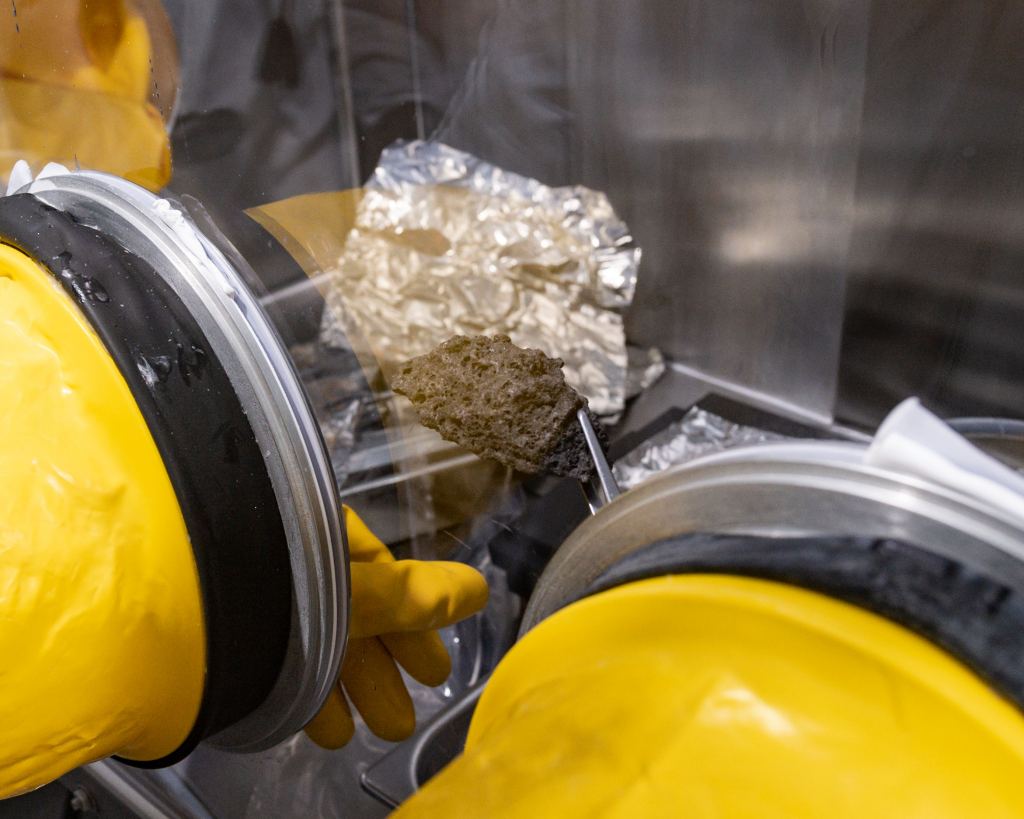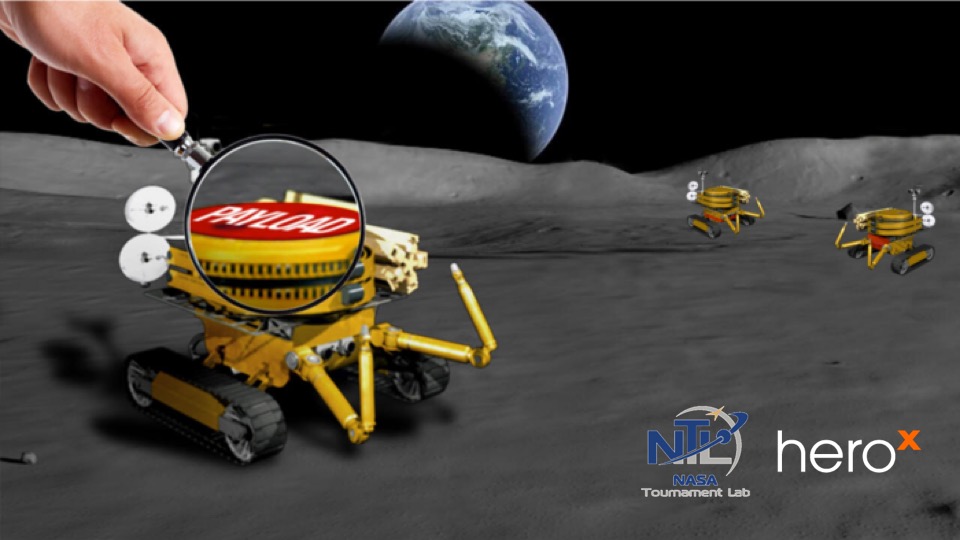Earlier this year, scientists from China’s Chang’E-5 lunar lander revealed they had found evidence of water in the form of hydroxyl from in-situ measurements taken while lander was on the Moon. Now, they have confirmed the finding with laboratory analysis of the lunar samples from Chang’E-5 that were returned to Earth. The amount of water detected varied across the randomly chosen samples taken from around the base of the lander, from 0 to 180 parts per million (ppm), mean value of 28.5?ppm, which is on the weak end of lunar hydration.
“For the first time in the world, the results of laboratory analysis of lunar return samples and spectral data from in-situ lunar surface surveys were used jointly to examine the presence, form and amount of ‘water’ in lunar samples,” said co-author Li Chunlai from the National Astronomical Observatories of the Chinese Academy of Sciences (NAOC), in a press release. “The results accurately answer the question of the distribution characteristics and source of water in the Chang’E-5 landing zone and provide a ground truth for the interpretation and estimation of water signals in remote sensing survey data.”
Continue reading “China’s Lunar Lander Finds Water Under its Feet”
